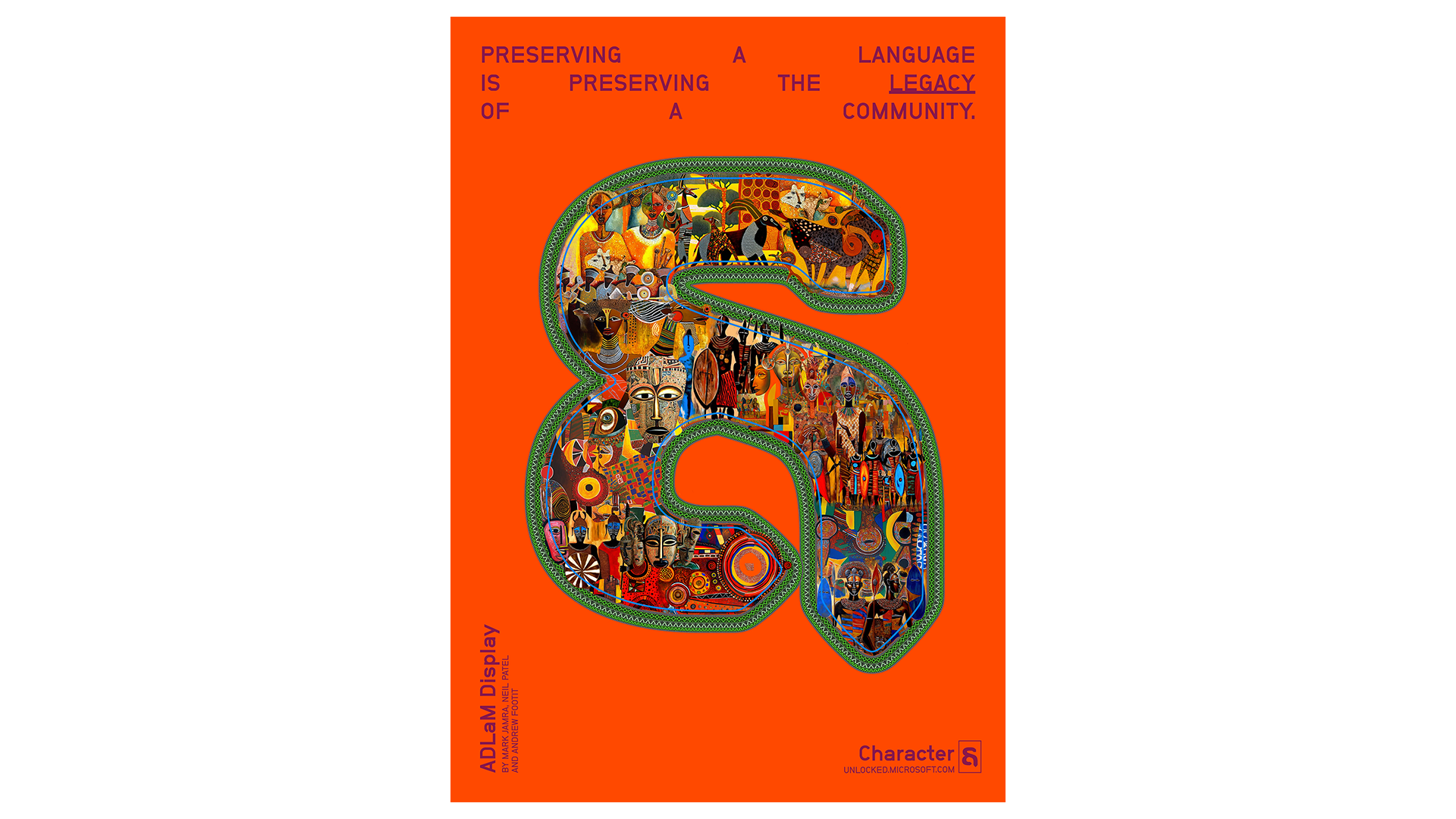
Microsoft ADLaM
CCO... Shayne Millington, Pierre Lipton
ECD... Cristina Reina, Pete Johnson
GCD... Christiano Abrahao, Luke Flynn, Gui Racz, Lucas Casao
Creatives... Lucas Ribeiro, Alexandre Kazuo, Mikey Brady, Sarah Wagner
Designers... Matt van Leeuwen, Mook Phoungbut, Chocho Han, Malik Dupree

Can an alphabet preserve a culture?

The Fulani people, the world's largest nomadic group in West Africa, lacked a written alphabet for their native language, Pulaar. Two brothers, Ibrahima and Abdoulaye Barry, created the ADLaM alphabet to preserve their language.

Microsoft collaborated with the Barry brothers to digitize and improve ADLaM, making it accessible on over one billion devices worldwide. The efforts have gained popularity within the Fulani community, and the Government of Mali is in the process of recognizing ADLaM as an official alphabet.



This alphabet will also be used to preserve other languages like Bambara, Bozo, and Dogon, which share similarities with Pulaar.



